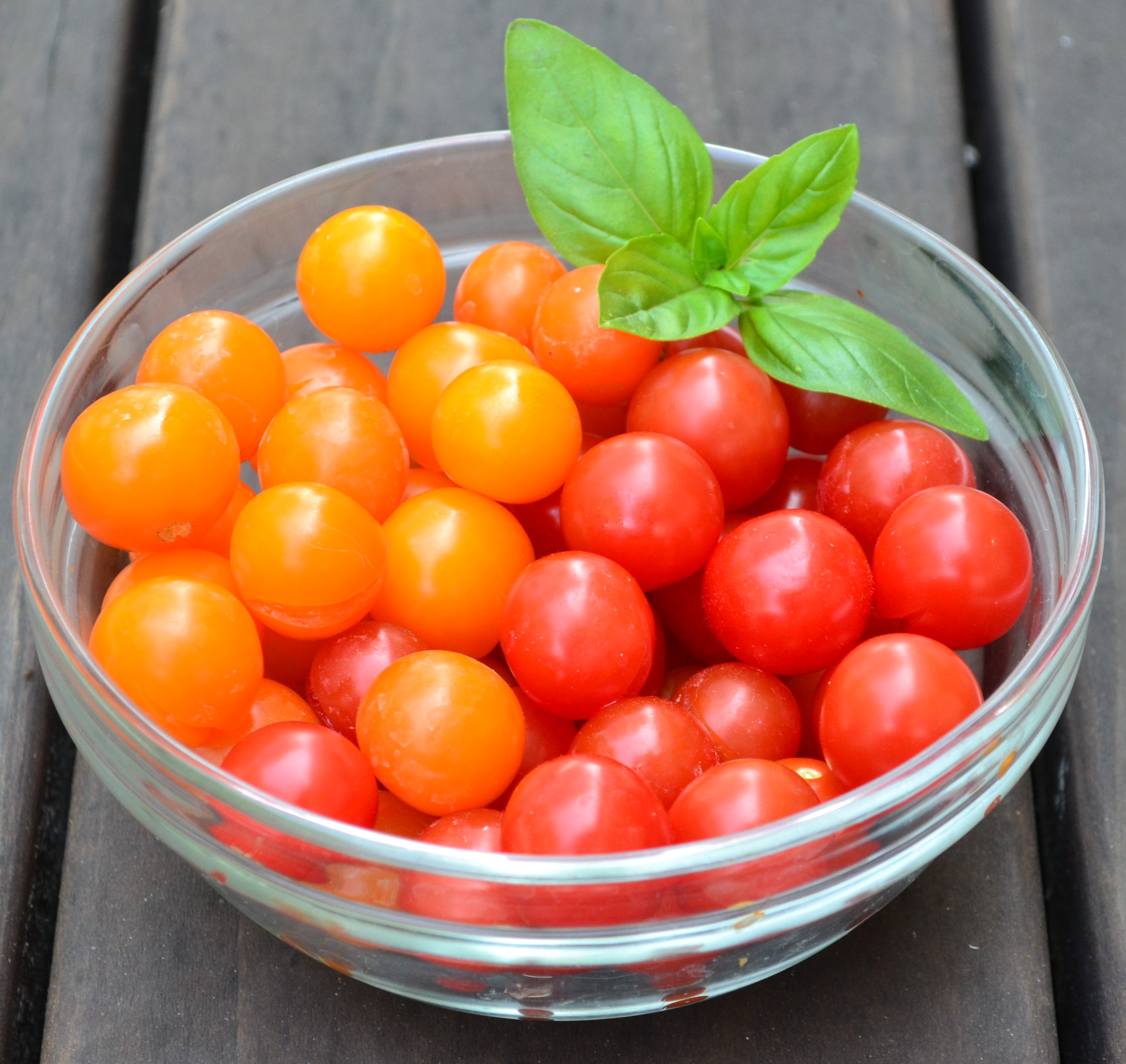
It's now tomato season in our garden, so I wanted to share some fascinating information about tomatoes and lycopene with you!
As you may know, for many years there’s been information making its way around the health community stating that in order to absorb lycopene from tomatoes one has to cook them. The reason why is because red tomato varieties are the most popular and they contain trans-lycopene which needs to be heated to transform into the more easily absorbable cis form of lycopene.
However, if we look at yellow and orange tomato varieties, we see a different lycopene profile. Generally, the most abundant form of lycopene in yellow and orange varieties of tomatoes is tetra-cis-lycopene. So, what this means is that yellow and orange varieties of tomatoes can be a great source of the most absorbable form of lycopene without any need for heating!
And here’s a one to two-serving recipe for tomato sauce that we use on salads and spiralized zucchini and cucumber noodles:
2 medium fresh tomatoes (2 cups chopped)
6 soaked sun dried tomatoes (1 ounce dry or 28.3 g)
½ tsp. dried oregano or other Italian spices (optional)
1 medjool or other type of date
¼ ripe avocado or 1 tsp. chia seeds
Blend fresh tomatoes, spices, date, and avocado or chia seeds in blender, then add soaked sundried tomatoes and blend until smooth. For a lower fat recipe, leave out avocado. Garlic lovers can add 1/8 clove of fresh garlic.
Enjoy!
